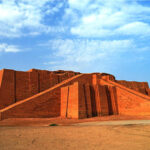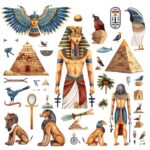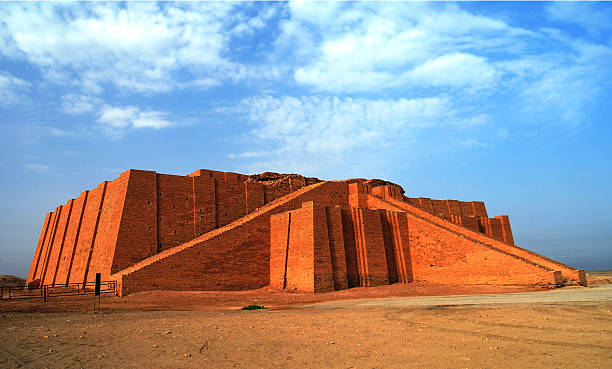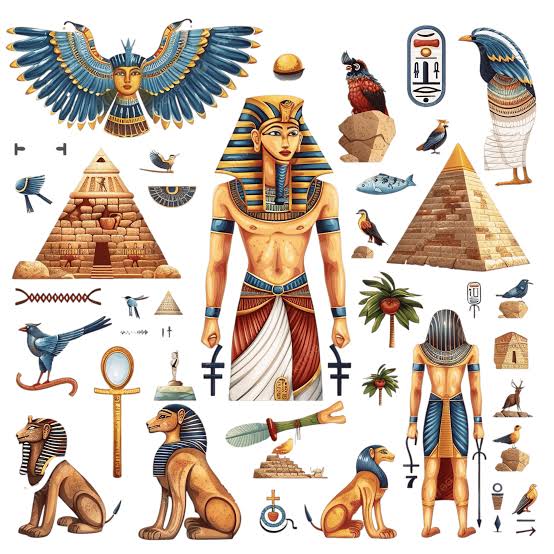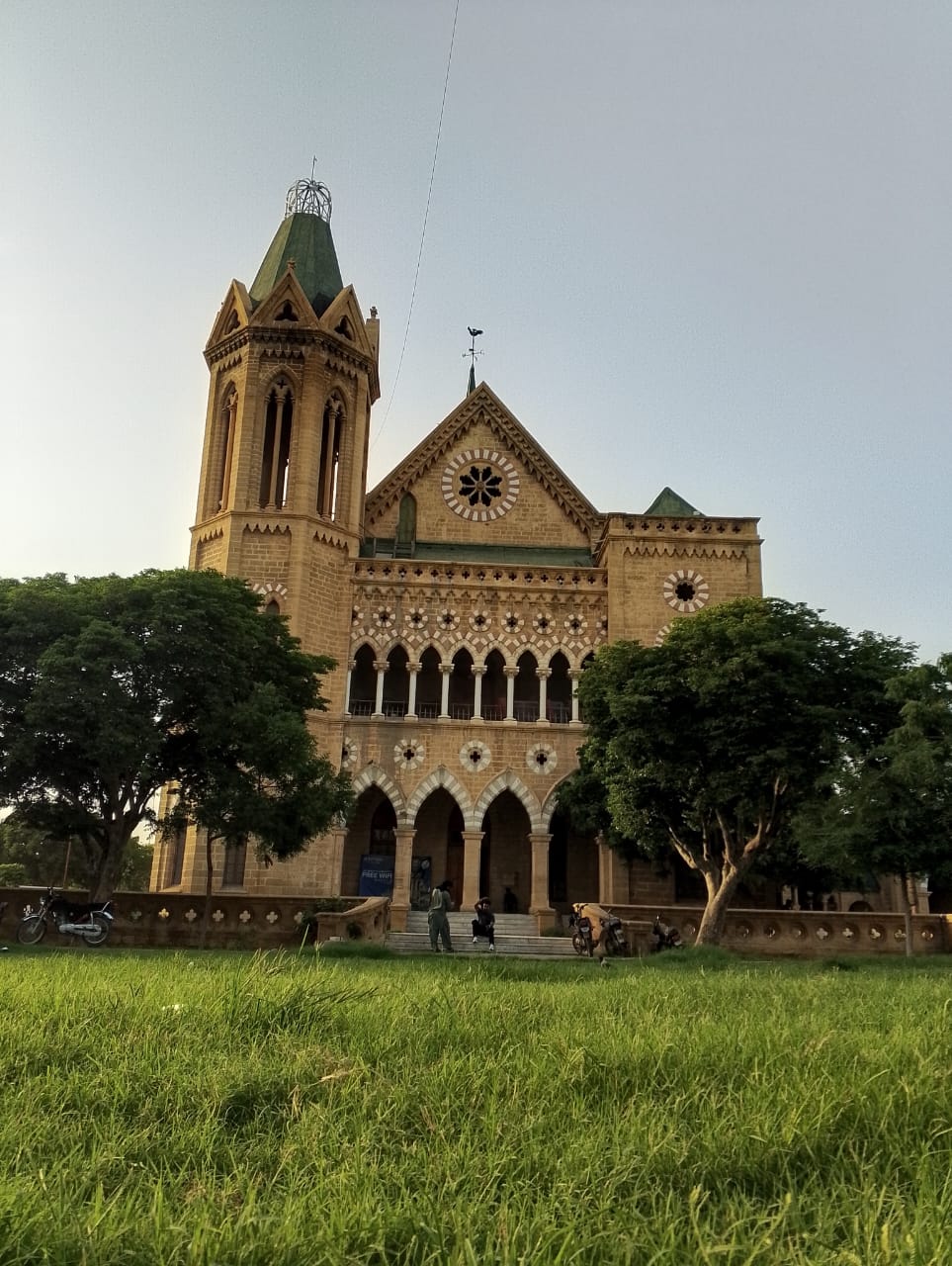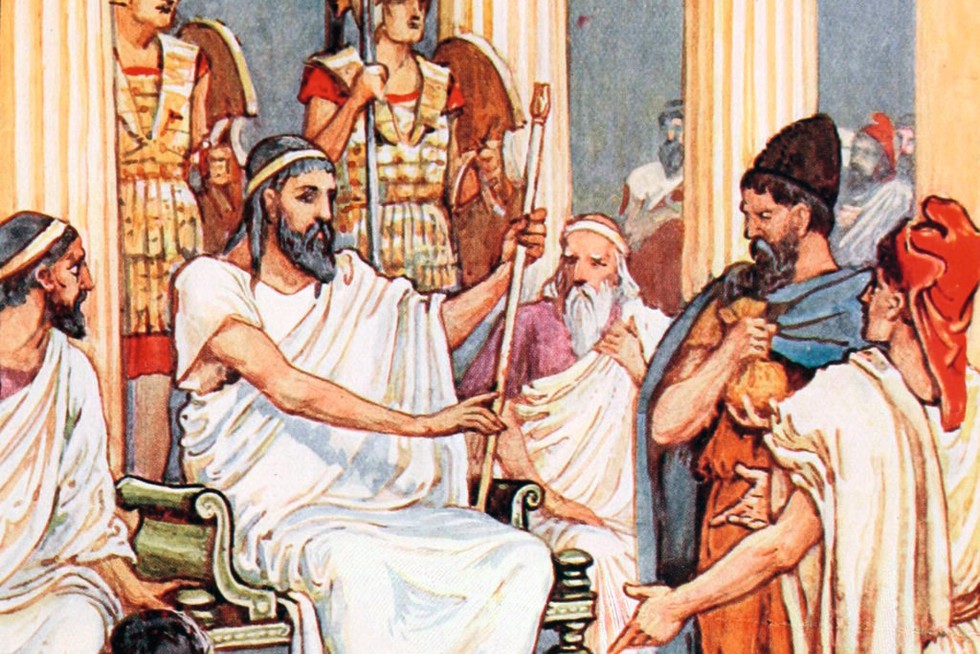Mesopotamia: The Oldest Civilization in the World
Mesopotamia is considered one of the world’s largest and oldest civilizations. Some experts believe it is the oldest civilization in the world. However, opinions differ on this matter. Some consider the Egyptian civilization as the first civilization, while others point to the Indus Valley Civilization.
The word Mesopotamia comes from Greek. The word “Mesos” means “middle,” and “Potamos” means “river.” Therefore, Mesopotamia refers to the land between the rivers. This civilization grew between the Tigris and Euphrates rivers. While locals called it Sumer, Akkad, Babylon, and Assyria, the Greek name became widely popular.
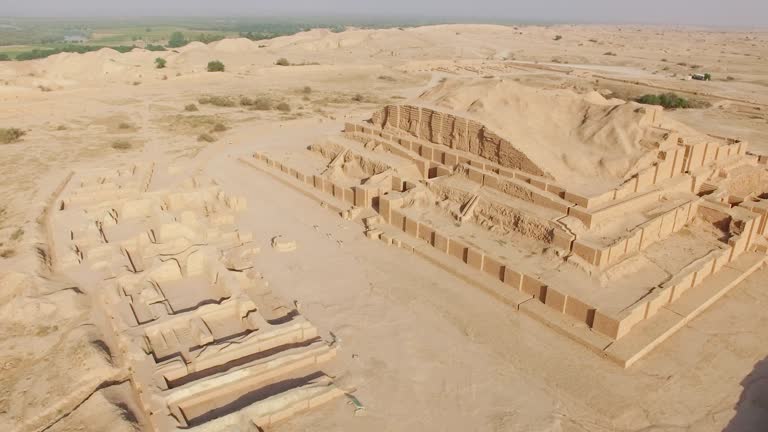
Geographical Location of Mesopotamia
Mesopotamia covered a large part of Iraq. It also included the eastern regions of Syria, the southeastern part of Turkey, and some areas of Kuwait and Iran.To the north, the civilization reached the Taurus Mountains, the Persian Gulf marked its southern edge, and the Zagros Mountains ran along its eastern frontier.Meanwhile, in the west, the Syrian and Arabian Deserts marked its boundary.
The civilization thrived between the two rivers. The land was fertile, and the environment favored agriculture. Although river floods were sometimes devastating, people controlled them by building large dams.
_Read about the Civilization of Egypt.
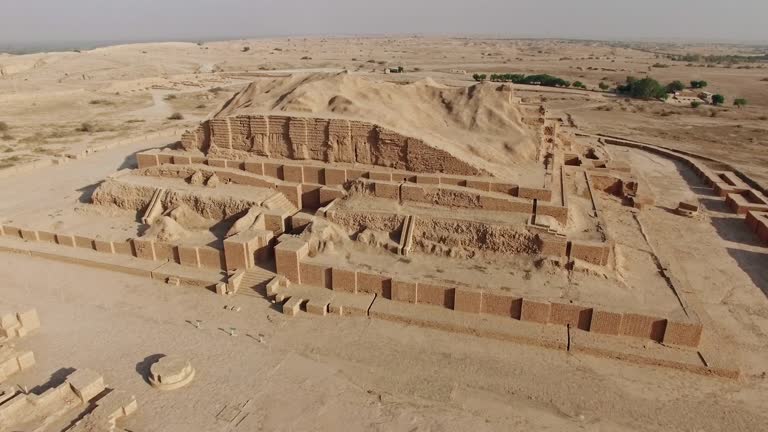
Empires and Periods of Mesopotamia
Mesopotamian civilization passed through many empires and periods.
1. Sumerian Civilization (3500 BC to 2000 BC)
The Sumerian region covered southern Iraq. It consisted of independent and separate city-states. Five major cities formed the core of Sumerian culture: Uruk, Ur, Eridu, Lagash, and Nippur.
Uruk
People founded Uruk around 4000 BC. It is considered the first major city of the world. Archaeologists found its remains in present-day Warka, Iraq. Its population ranged between 40,000 to 50,000. Therefore, many historians call it the first megacity.
Cuneiform writing first appeared here. Traders also used tablets for accounting and trade records. Temples and ziggurats became particularly important in this city. People worshipped the goddess Ishtar and the god An.
Gilgamesh, a famous king of Uruk, ruled this city. The Epic of Gilgamesh is one of the oldest written records in the world.
Ur
Ur stood near the Persian Gulf between the Tigris and Euphrates rivers. Today, archaeologists call its ruins Tell el-Muqayyar. People founded this city around 3800 BC.
Ur remained a major center during the Sumerian, Akkadian, and later Babylonian empires. Because of its location near the Persian Gulf, Ur became a busy port city famous for trade. People worshipped the moon god Nanna (Sin) here.
Ur’s society was well-structured. The hierarchy included the king, aristocrats, priests, merchants, artisans, peasants, laborers, and slaves.
_Read about ancient Sindh ( Indus civilization)
Eridu
Eridu stood close to Ur and Uruk in present-day Iraq. It is the oldest city of the Sumerian civilization. People founded it around 5400 BC. Sumerians even called it the first city in history.
The temple of Enki, the god of water and wisdom, was located here.
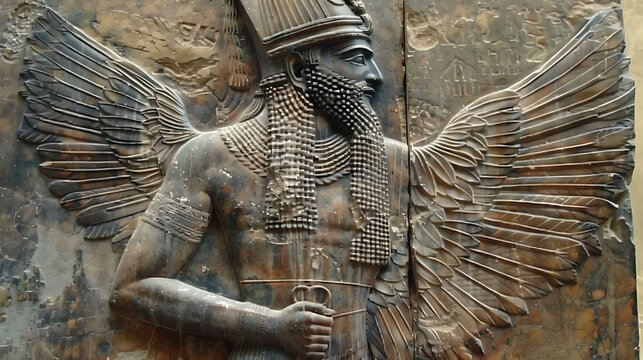
Lagash
Lagash stood in present-day Iraq near Tell al-Hiba. People built this large river-based city around 2500 BC. It became a center of military and political power.
King Gudea built large temples and statues here. The god Ningirsu, the deity of war and agriculture, was especially worshipped in Lagash.
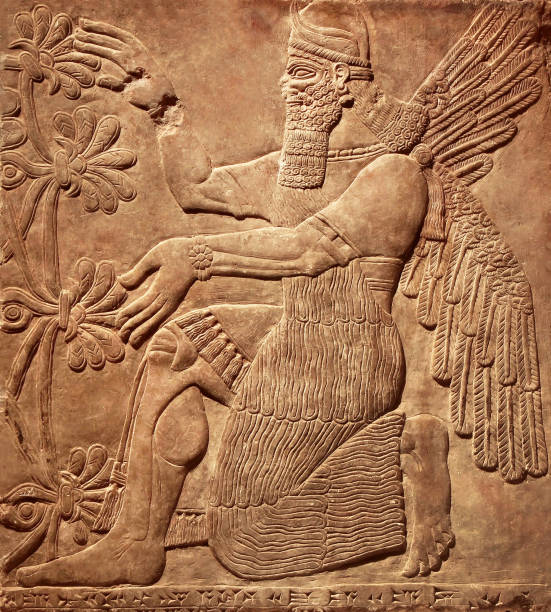
Nippur
Nippur was another major Sumerian city. Archaeologists found its ruins in present-day Iraq. It stood between the Tigris and Euphrates rivers. People founded it around 3000 BC.
Nippur became a large religious city. The temple of Enlil, the god of wind and storm, stood here.
Sumerian Social Structure
The Sumerian state had a clear social structure. The Lugal (king) ruled the city-state. Priests controlled temples and religion. Merchants and craftsmen worked in metal, textiles, and handicrafts. Farmers and laborers worked as paid daily workers. Slaves usually came from prisoners of war or debtors.
The Sumerians also created the first laws and regulations in history.
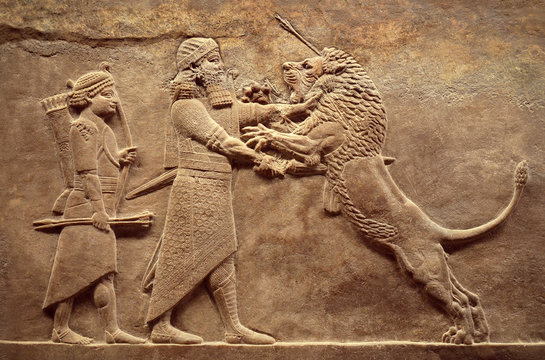
Akkadian Empire
The Akkadian Empire was one of the first major human empires in Mesopotamia. Historians have not yet discovered the exact location of this empire. It was founded around 2334 BC, and Sargon of Akkad is considered the founder. King Sargon brought the Sumerian cities under his control. Later, his successor Naram-Sin, the most powerful king, declared himself a god-king.
The people of Akkad worshipped several gods, including Anu, Enlil, Enki, Ishtar, Shamash, Sin or Nanna, and Marduk.
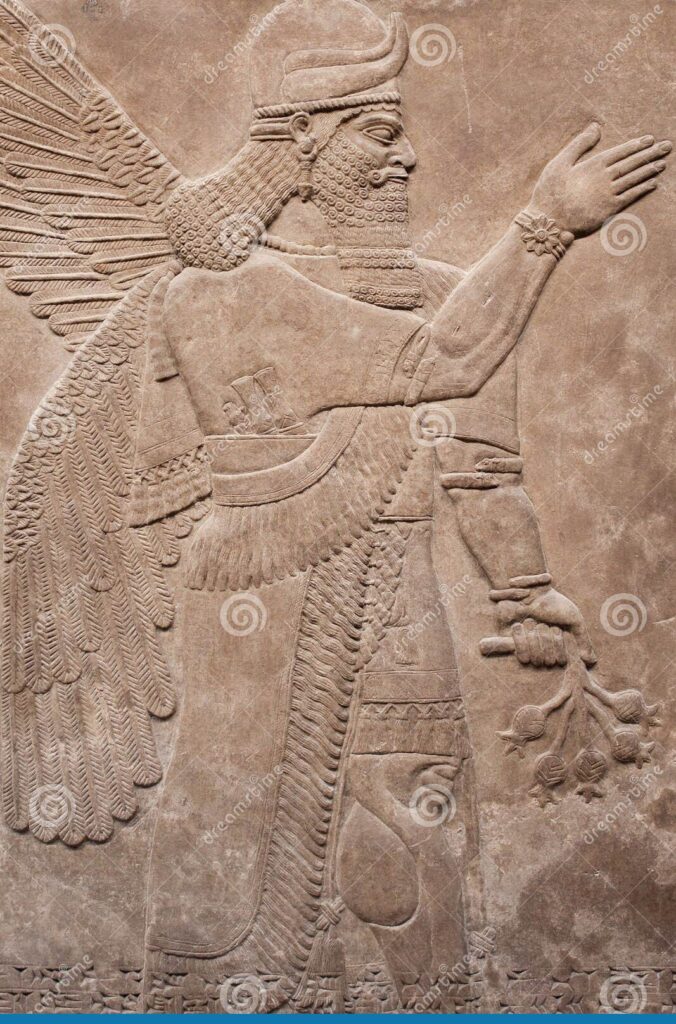
Babylonian Empire
The center of the Babylonian Empire was in present-day Iraq. This empire is divided into two distinct periods.
The First Babylonian Empire
The first Babylonian Empire was established in 1894 BC. The most famous ruler was Hammurabi. He introduced the first written code of laws in the world and made them binding for the people. However, repeated attacks on Babylon weakened the kingdom, and eventually, it declined.
The New Babylonian Empire
The New Babylonian Empire rose in 626 BC. The reign of Nebuchadnezzar II marked the empire’s greatest glory. Under his leadership, Babylon became a magnificent city. However, the empire fell when Cyrus the Great of Persia attacked and conquered Babylon.
This society was polytheistic, and Marduk was recognized as the supreme god.
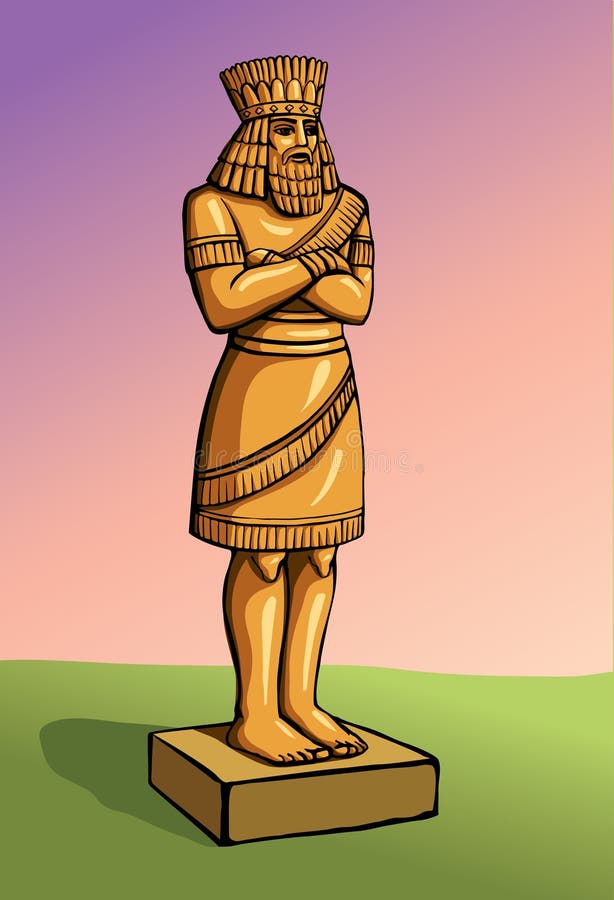
Assyrian Empire
The Assyrian Empire had its first capital at Ashur, located in present-day Iraq on the banks of the Tigris River. Later, the empire had three capitals: Nineveh, Nimrud, and Khorsabad.
The Assyrian Empire is divided into three important periods:
- Old Assyrian Empire (2000–1365 BC): This era consisted of small city-states and acted as a hub of trade.
- Middle Assyrian Empire (1365–934 BC): Military power increased, and the empire expanded.
- New Assyrian Empire (934–609 BC): This was the largest and most powerful phase of the empire.
Important rulers of this empire included Tiglath-Pileser III, Sargon II, Sennacherib, Esarhaddon, and Ashurbanipal.
Neo-Babylonian Empire
The Neo-Babylonian Empire was founded in 626 BC with Babylon as its capital. Nabopolassar united the Babylonians and the Medes, ending the Assyrian Empire and creating a new power.
- Nabopolassar: He ended Assyrian rule and founded the Neo-Babylonian Empire.
- Nebuchadnezzar II: The most famous king, who transformed Babylon into the most beautiful city of the ancient world.
- Nabonidus: The last king of Babylon. During his reign, the empire weakened and eventually fell to the Persians.
The Religious Situation in Mesopotamia
Researchers believe the first organized religion and gods in the world originated in Sumer. Some scholars, however, argue that religions might have begun in the Indus Valley Civilization, which they call the mother of religions.
The first Sumerian religion identified three major gods: En, Enlil, and Enki. These were the earliest idols of the world. According to belief, Enlil was the son of En, while Enki was regarded as his wife and later described as his son. At that time, society followed the commands of the gods, and rulers delivered those commands to the people. The kings acted as representatives of the gods, and their authority became known as divine right or divine authority.
In Sumer, there were 12 major cities, including Ur, Uruk, Larsa, Isin, Kish, Lagash, Adab, Nippur, Kulah, Urar, and others. Each city had its own god to protect its people, fulfill their prayers, and provide blessings. The city of Ur was destroyed by Enki, who was called the god of creation, intelligence, art, and water.
Contributions of the Gods
According to a story, Enlil, the god of Nippur, invented the hammer, ax, and sickle and gave them to humanity to improve agriculture. Because of these contributions, he was honored as the god of agriculture.
Enlil and Ninlil had four children. The first was Nanna, the god of the moon and wisdom. The second was Nergal, the queen of the underworld. The third was a god of wisdom and healing, and the fourth was Enbilulu, the god of water. Enlil became known as the father of the people with black hair and round heads.
A legend tells that when humans turned away from righteousness, Enlil grew angry. He decided to send a great storm to destroy them. Other gods wept at this decision but dared not stop him. Finally, Enki gathered courage and warned a wise man: “Build a boat, for a great storm is coming.” The man obeyed, building a large vessel to save humans, animals, and birds. Ancient texts name him Utnapishtim or Ziusudra.
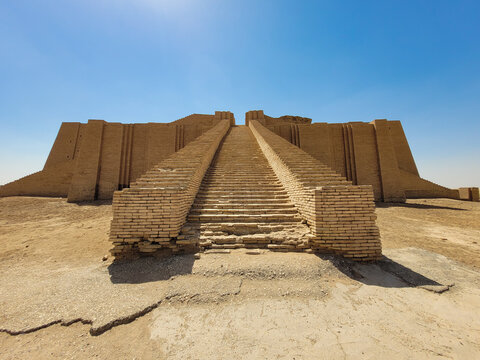
Origins of Sumerian Civilization
The Sindhi scholar Yusuf Shaheen stated that around 6500 BC, people with round heads, black hair, and large eyes came to this region. They spoke a language unknown in Central Asia. These settlers laid the foundation of civilization in Sumer. They dug canals, built villages and cities, raised goats and other animals, and introduced new crops and farming methods. They also established the first schools. Many scholars believe they came from the Indus Valley Civilization.
The house of Enki was built in the city of Urdu (Eridu). From this temple, the “water of heaven” flowed, and only the fortunate received it.

